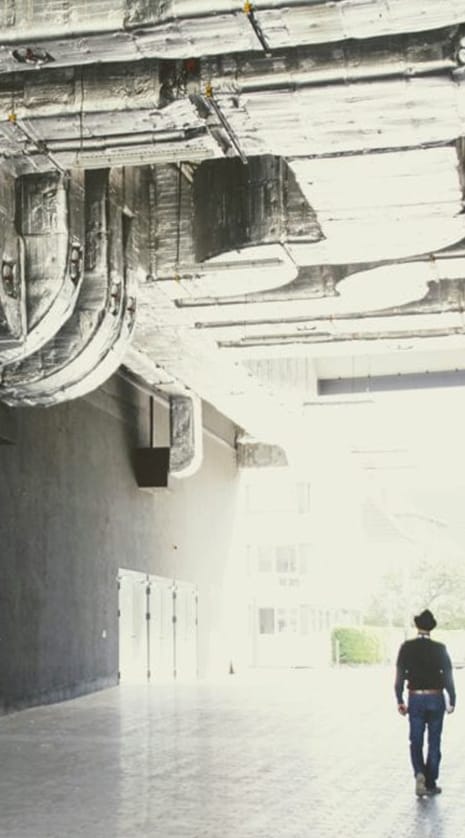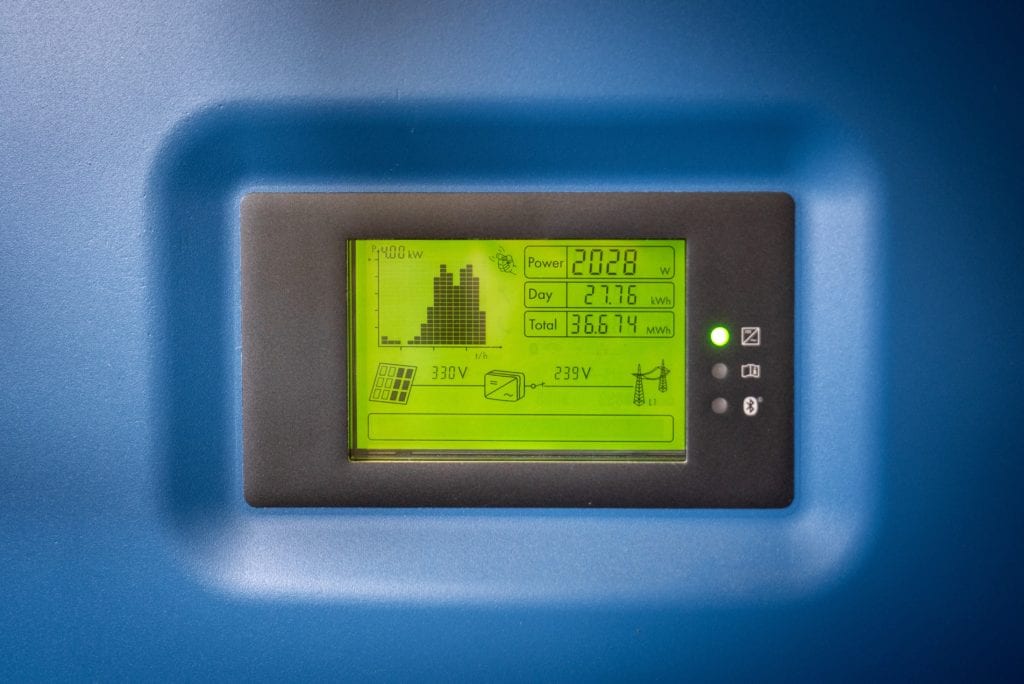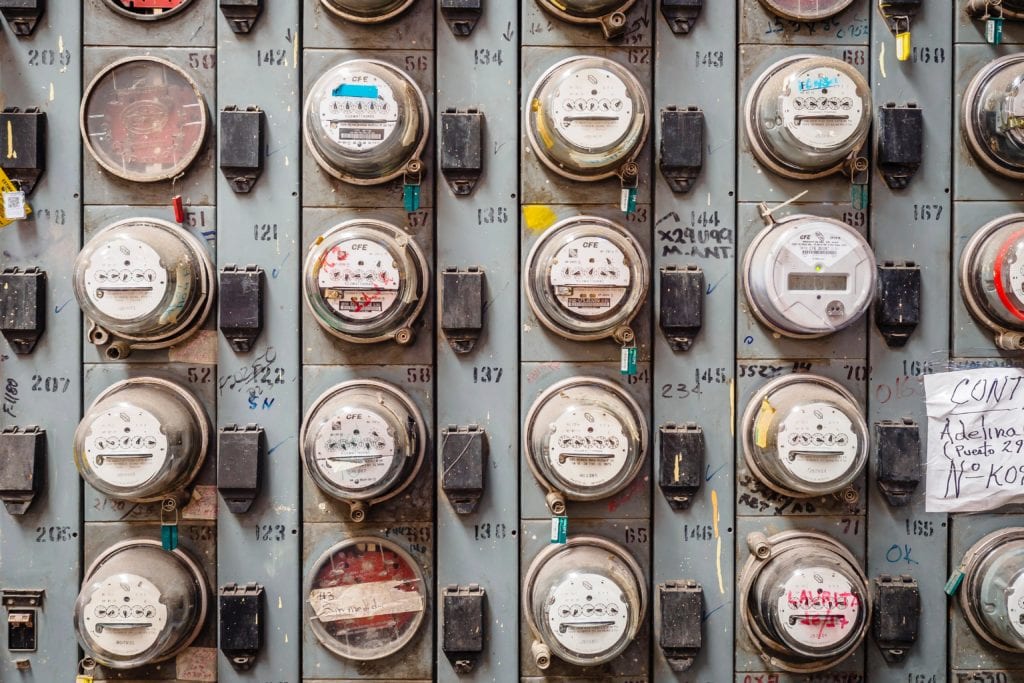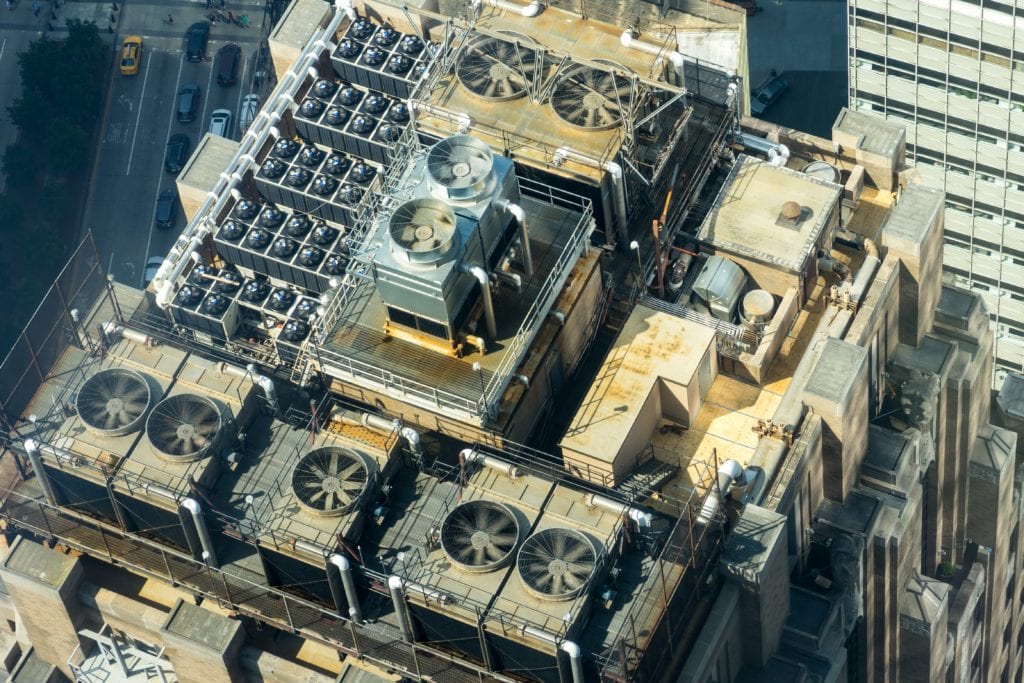HVAC Retrofitting
Make your commercial HVAC system as energy efficient as possible with our retrofitting services.
When thinking about how their buildings consume energy, most of our clients immediately think of lighting, water heating, and plug loads as the major energy users. While these are all major energy users, the reality is for most commercial buildings in the United States that HVAC (cooling, heating, and ventilation) is the largest energy-user.
HVAC equipment in a typical commercial building is 44% of total energy consumption.
While HVAC is the largest energy-user, it also the largest opportunity for significant energy savings. With our unique TotalE Approach, let us help you capture those savings.
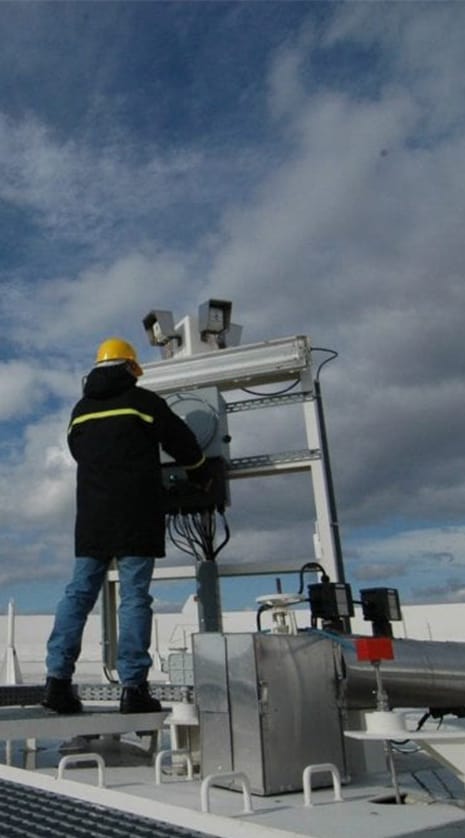
Determining Whether You Need an HVAC Retrofit
How does our Team determine whether or not your commercial HVAC system needs to be retrofitted?
We examine your system and consider several different criteria. As an example, we identify if the current HVAC system meets the original design requirements for the facility in terms of humidity, pressurization, and temperature. We also assess how long the total unit and its components have been in operation. If you have an HVAC system with a 25-year-old outdoor unit, we replace that outdoor unit and retrofit the rest of the system to work in a compatible manner with that new unit.
Some retrofit criteria apply to how the HVAC system heats, cools, and ventilates specially designed rooms. For example, a hospital may retrofit to improve the airflow in its positive ventilation pressure rooms. Of course, you may also need a retrofit to meet certain compliance requirements as well.
At Helios, we assess all relevant criteria before we recommend a tailored HVAC solution.
Signs Your System Needs an HVAC Retrofit
Signs that your HVAC system needs a retrofit include the following:
- Your system fails to heat and cool the spaces in your facility. This can happen with an old system or an improperly installed HVAC system.
- Your HVAC system breaks down all the time.
- The system doesn’t deliver the set amounts of heat, cool air, and humidity to your building’s spaces.
- The system doesn’t meet compliance requirements needed for the space where it resides.
If you notice your system exhibits any of the problems, it needs an HVAC retrofit. If you reach out to Helios for your retrofit, we can also perform an energy audit and make your entire building more energy efficient.
Improve Your Commercial HVAC System With Helios
Our HVAC retrofits do more than just improve the air flow and air quality in your building. They contribute to your commercial building’s energy efficiency and lower your overall energy usage and consumption both immediately and in the long term.
At Helios, we view an HVAC retrofit as just one piece of a larger energy puzzle. We combine it with LED lighting and solar solutions to reduce your energy costs and usage so you have smarter energy processes and operations within your facility. Trust us to develop the right retrofitted HVAC system for your building’s operations.
If you’re ready to improve your commercial HVAC system and your building as a whole, reach out to Helios Energy™ today.
